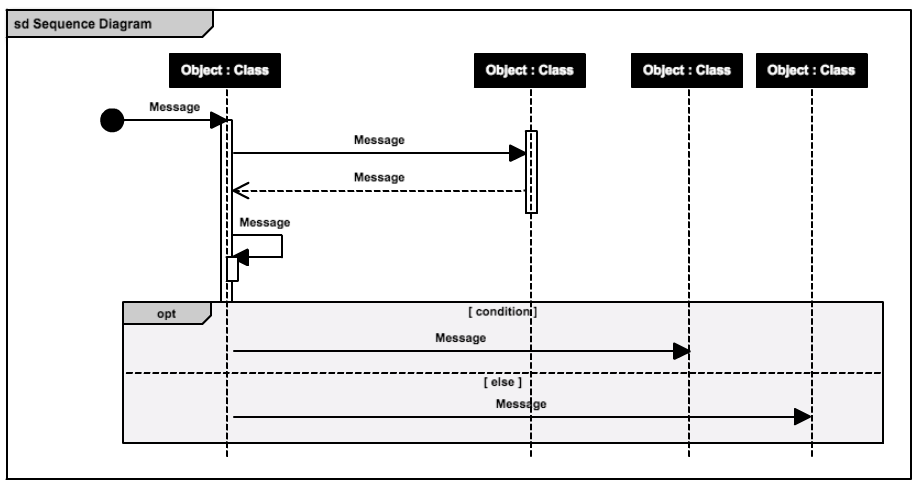

This enables the graphical definition of simple runtime situations.Ī system sequence diagram should specify and show the following:
#Uml sequence diagram tool update#
Sequence diagrams are simple to update in response to system changes.

The generation of sequence diagrams is simpler.Diagrams of the sequence are simpler to keep.Sequence diagrams are used to show how messages move between different objects.Any genuine application or system may be explored with the help of a sequence diagram.Visualise how messages and tasks move between objects or components in a system.Used to understand the detailed functionality of current or future systems.Used to show details of UML use case diagrams.Used to model and visualise the logic behind a sophisticated function, operation or procedure.Either model generic interactions (showing all possible paths through the interaction) or specific instances of a interaction (showing just one path through the interaction).Model the interaction between object instances within a collaboration that realizes a use case Model the interaction between objects within a collaboration that realizes an operation.Model high-level interaction between active objects in a system.Sequence diagrams have numerous use cases and some are discussed below.

#Uml sequence diagram tool software#
Sequence Diagrams are time-focused, and they graphically depict the interaction's order by utilizing the vertical axis to illustrate the timing of when messages are transmitted.īusinesspeople and software engineers often use these diagrams to record and comprehend the requirements for new and current systems.Ī sequence diagram shows an implementation of a scenario in the system. They depict how items interact within the framework of a cooperation. Sequence diagrams show the actions taken by the components of a system in chronological sequence. A sequence diagram may also be referred to as event diagrams or event scenarios. Published on Feb 17, 2023, updated on May 25, 2023Ī sequence diagram essentially shows how things interact with one another sequentially, or the order in which these interactions occur.


 0 kommentar(er)
0 kommentar(er)
